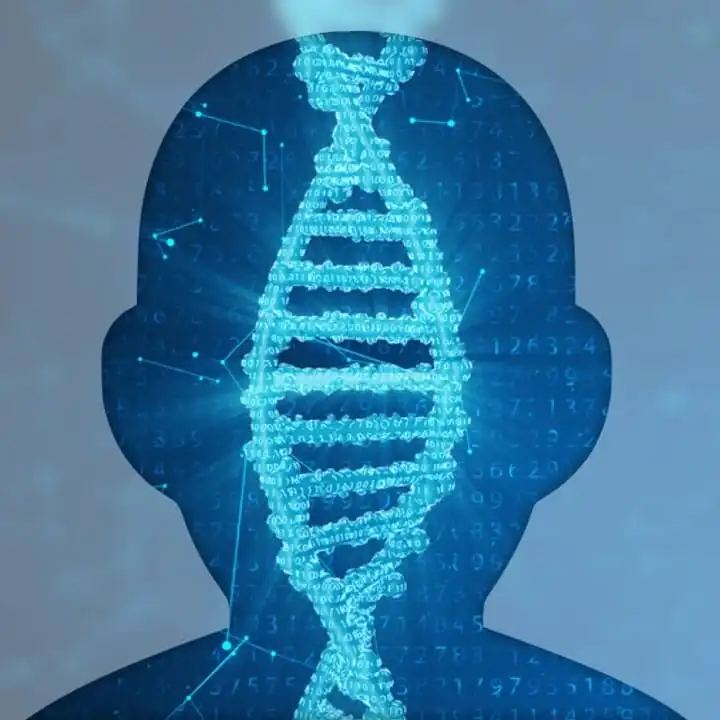What is Tetrasomy 18p syndrome?
Tetrasomy 18p syndrome is a rare chromosomal syndrome that affects multiple parts of the body. The main symptoms of the syndrome are usually very obvious in infancy and include difficulties with feeding, delayed development, and intellectual disability. However, these can vary according to the individual.
As a rare syndrome, it is known to affect around 250 families worldwide.
This syndrome is also known as:
Isochromosome 18p Syndrome
What gene changes cause Tetrasomy 18p syndrome?
The syndrome is caused because of the presence of an extra isochromosome 18p in each cell, consequenting in 4 copies of the short arm (p) of chromosome 18. This creates extra genetic material disrupts development within an affected individual and triggers the related syndromes.
Generally, the syndrome is not inherited, except in very rare cases. It is the result of spontaneous mutations during the process of reproduction.
What are the main symptoms of Tetrasomy 18p syndrome?
- The main syndromes affecting infants with the syndrome include difficulties with feeding, frequent vomiting, and a subsequent failure to gain sufficient weight. Symptoms in infancy might also include respiratory issues which affect breathing and jaundice.
- Delayed development of motor skills (sitting, crawling, and walking) is common with the syndrome. This can be caused by weak muscle tone, increased muscle tone or a stiffness known as spasticity.
- Some affected individuals might also show symptoms that include ADHA, anxiety, and other behavioral issues.
Unique facial features associated with the syndrome include low-set ears, a small mouth, a flat philtrum (the area between the upper lip and nose), a thin upper lip and a high arched palate. A cleft palate may also be present. - Seizures, constipation, and an abnormal curving of the spine are also possible symptoms.
Possible clinical traits/features:
Scoliosis, Microcephaly, Seizure, Thin vermilion border, Cognitive impairment, Gait disturbance, Hypertonia, Long philtrum, Low-set, posteriorly rotated ears, Large hands, Short nose, Narrow mouth, Abnormality of neuronal migration, Facial asymmetry, Epicanthus, Downslanted palpebral fissures.
How is it diagnosed?
To find out if someone has a diagnosis of Tetrasomy 18p, it is important to have a consultation and evaluation with a clinical genetic specialist. Specialists may also suggest specific genetic testing or other types of tests to help reach a diagnosis. FDNA’s AI technology can help speed up the diagnostic process by analyzing facial features and other health information.
